If you’ve spent even a few minutes on BeautyTok, you’re likely well aware of Russian manicures, one of the biggest nail trends as of late. Yet the process is not without controversy: Russian manicures are fast and durable, but have also been flagged for being dangerous to long-term nail health. To separate truth from fiction, we spoke to Kamola Malikova, owner of Minx Nails in Beverly Hills, California, and Dr. Dana Stern, a board-certified dermatologist in New York City who specializes in the diagnosis, treatment, and surgery of the nail.
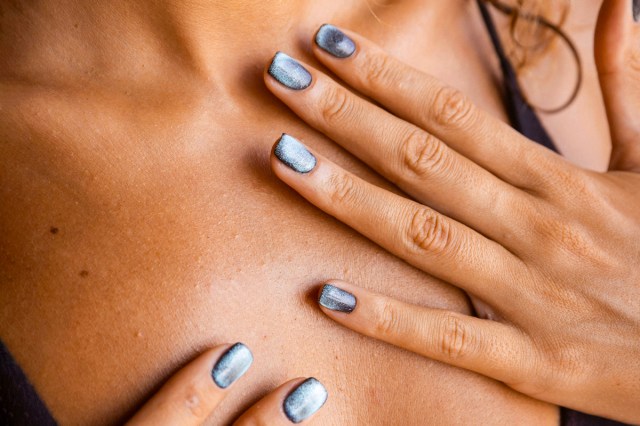
Russian Manicures vs. Traditional Manicures
A Russian manicure focuses on cuticle treatment as opposed to just polish application, so it’s not as artistic of a technique. The manicure is completed on dry nails (hands aren’t soaked in warm water beforehand), and cuticles and dead skin around the nail bed are removed via clippers or drills to create an ultra-clean look. Then, polish is applied very close to the skin, making the nail bed look longer.

Do Russian Manicures Last Longer?
According to Malikova, the longevity of Russian manicures is what’s sparked the surge in treatments. She says "a need for a high-res, magazine cover-ready, impeccable manicure that lasts over two weeks" is what has elevated the trend. Since the polish is applied so far down the nail bed, you don’t see growth as quickly and manicures can last as long as three weeks without you feeling the need to rush to the salon for a new one.
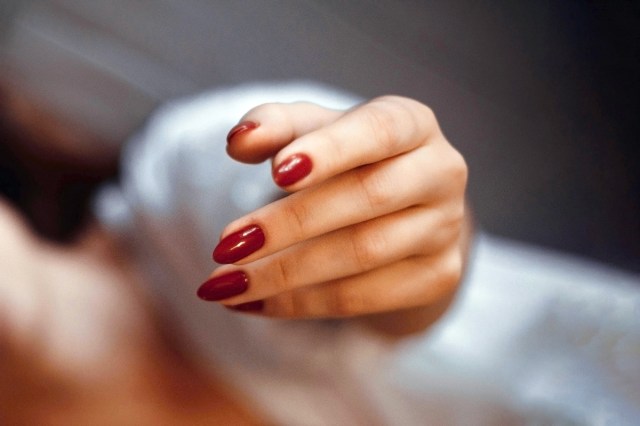
Are Russian Manicures Safe?
Malikova says the process is safe if done properly. “With correct application and well-trained nail artists the process is 100% safe,” she explains. But Dr. Stern isn’t convinced. “Complete removal of the cuticle, if done repetitively, will usually result in entry of yeast, which results in a nail infection called chronic paronychia,” she says. “The cuticle is the nail’s natural protective seal; it’s what prevents the entry of yeast and even bacteria into the nail unit.”
While you should always only visit salons that use clean, sterilized equipment, Russian manicures call for even more diligence: “The other risk relates to the potential for [manicure] tools to introduce infections beyond yeast, if they are not properly sterilized,” Dr. Stern says. “Because this technique is more aggressive than a typical manicure, there is more potential for infection, so the tools used must be immaculately sterilized.”
She recommends you only see a very experienced nail technician, while still understanding the potential risks.
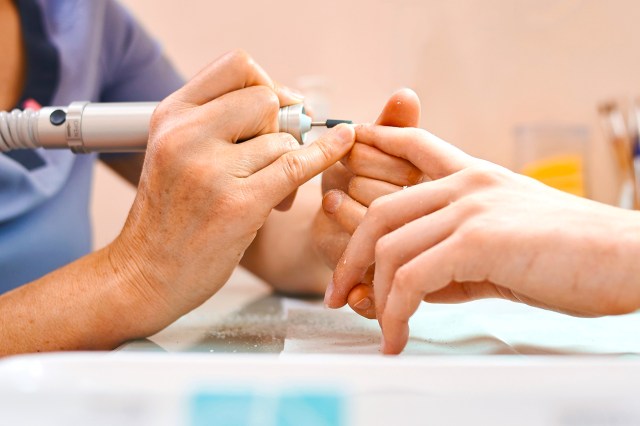
Can You Do a Russian Manicure at Home?
The short answer: no. Since the manicure requires the cutting and drilling of cuticles and excess skin, it must be done at the hands of a professional. “This technique should never be tried at home,” Malikova says. “Incorrect usage of the nail drill may damage nail beds.”
What you can do at home is ensure the health of your own nails between manicures. Dr. Stern emphasizes cuticle care, which she describes as the key to nail health. "Most people forget to care for their cuticles," she says. "Cuticle oils/ointments should be applied daily or more [often] if needed. There is nothing less chic than a dry, ragged cuticle. If you are flaunting a fabulous manicure, don’t skimp on a healthy, hydrated cuticle."
This article is for general informational purposes only.
Affiliate Disclaimer Medical Disclaimer



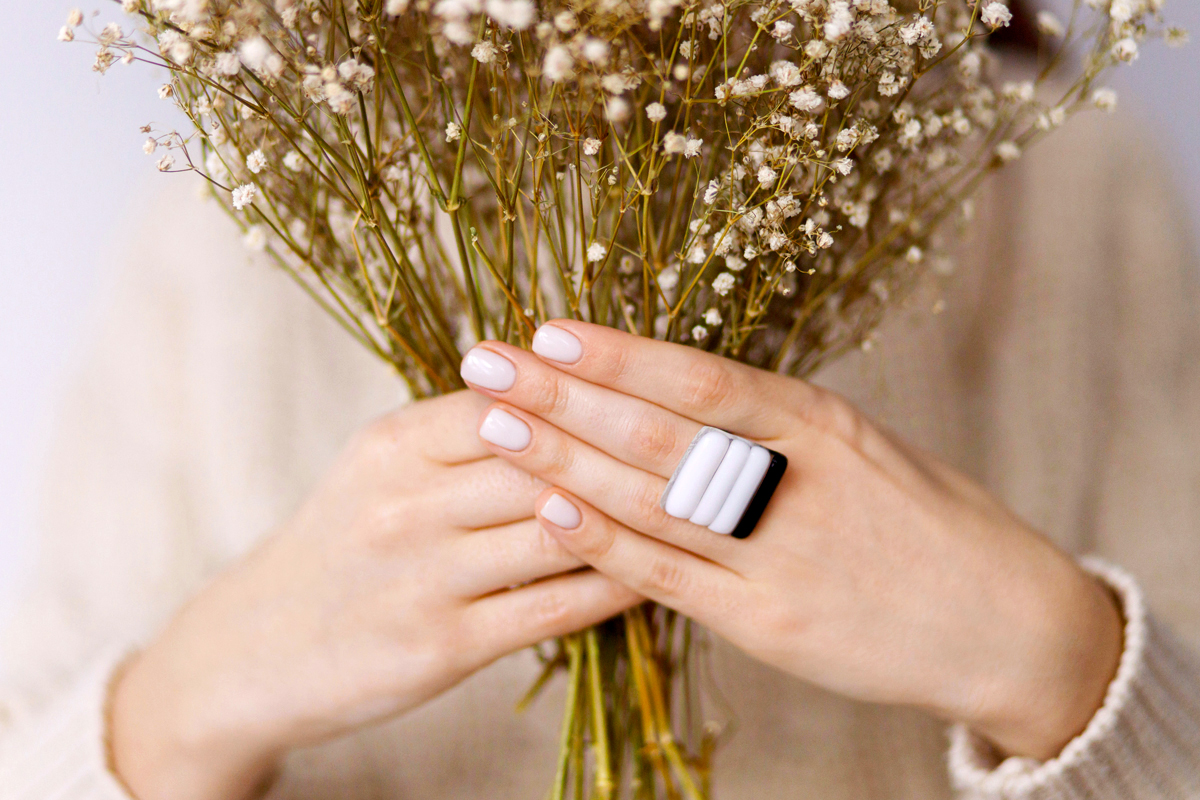



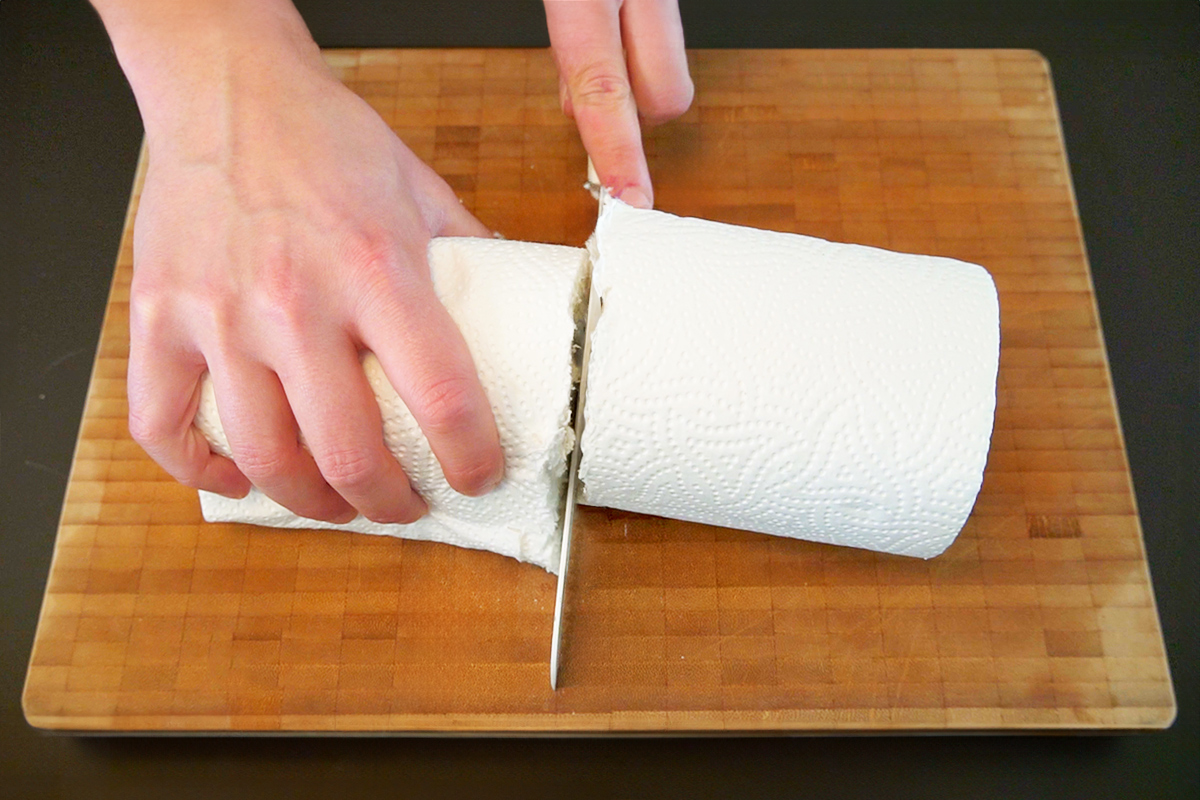

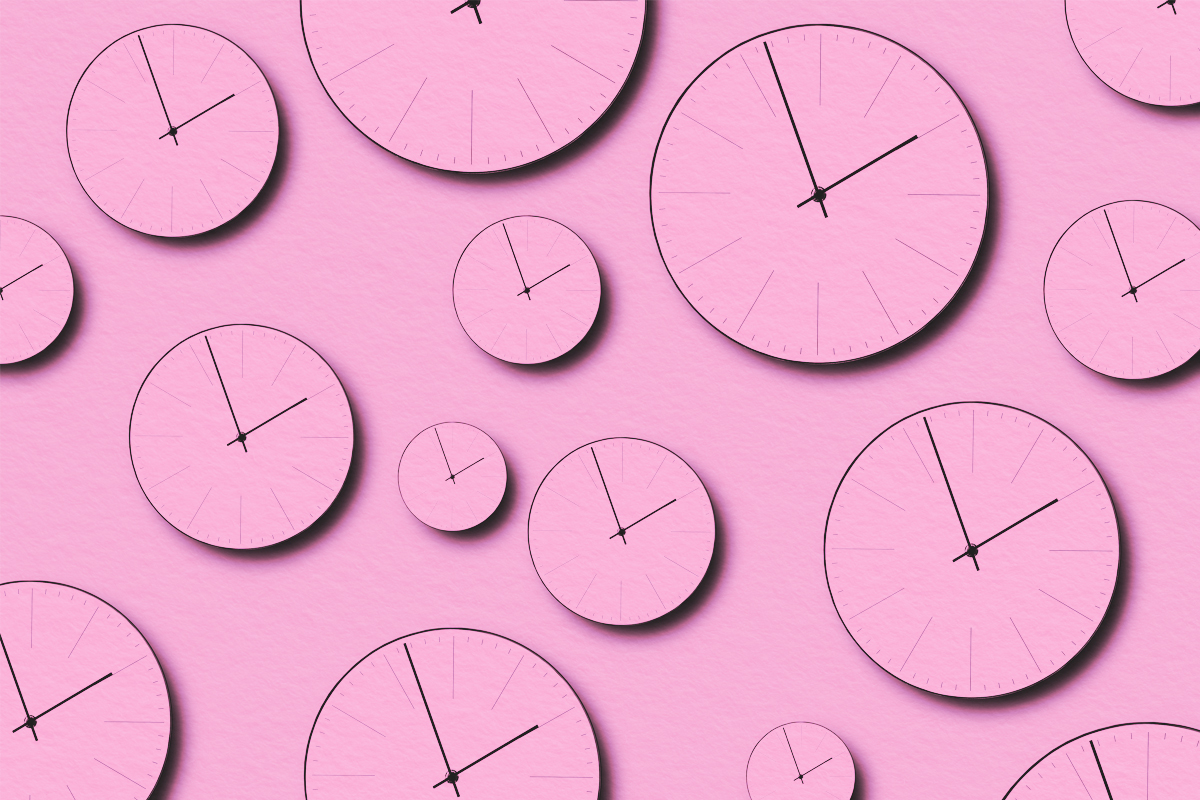

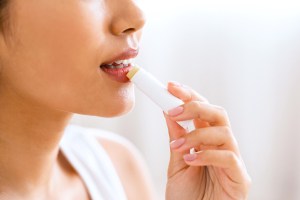




 Unique Beauty is free for all users.
Unique Beauty is free for all users.